Braised sea cucumber with scallions, a dish deeply rooted in Chinese culinary tradition, is revered for its luxurious texture, umami-rich flavor, and elegant presentation. Often served at banquets and special occasions, this dish embodies the harmony of delicate ingredients and meticulous cooking techniques. While it may seem intimidating to prepare, mastering the art of braising sea cucumber with scallions requires patience, attention to detail, and an understanding of the interplay between ingredients. This comprehensive guide will walk you through every step, from selecting the finest sea cucumbers to achieving the perfect balance of flavors, ensuring your dish is nothing short of extraordinary.
The Allure of Braised Sea Cucumber with Scallions
Sea cucumber, a marine invertebrate prized in Asian cuisine, is celebrated for its unique gelatinous texture and health benefits. When properly prepared, it absorbs the flavors of its cooking liquid, transforming into a tender, velvety delight. Paired with aromatic scallions and a rich braising liquid, this dish becomes a symphony of savory, sweet, and subtle spicy notes. The dish’s appeal lies not only in its taste but also in its cultural significance—a symbol of prosperity and refinement in Chinese feasts.
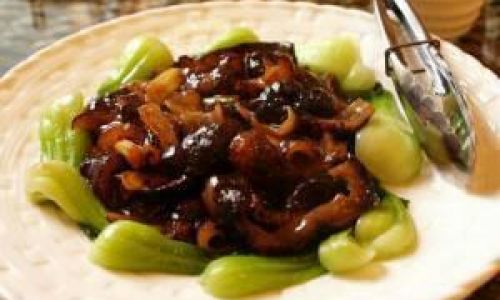
Selecting the Finest Ingredients
The foundation of a great dish begins with quality ingredients. Here’s what you’ll need:
- Sea Cucumbers: Opt for dried sea cucumbers, as fresh ones are rarely available outside coastal regions. Look for specimens that are plump, firm, and free from blemishes. The color should range from dark brown to black, indicating proper curing.
- Scallions: Choose fresh, vibrant green scallions with crisp stalks. Avoid wilted or yellowing leaves, as they will impart bitterness.
- Aromatics and Flavor Enhancers:
- Ginger: Fresh ginger root, peeled and sliced.
- Garlic: Cloves, minced or sliced.
- Shaoxing Wine: A rice wine essential for depth of flavor.
- Soy Sauce: Use a combination of light and dark soy sauce for color and saltiness.
- Oyster Sauce: For umami richness.
- Sugar: A pinch to balance the savory notes.
- Chicken or Vegetable Stock: Homemade if possible, for superior flavor.
- Sesame Oil: A drizzle for aromatic finish.
- Cooking Oil: Peanut or vegetable oil for high-heat cooking.
Preparing the Sea Cucumbers: A Delicate Process
Rehydrating dried sea cucumbers is a critical step that demands time and care. Follow these instructions meticulously:
- Cleaning: Rinse the dried sea cucumbers under cold water to remove any sand or debris.
- Soaking: Place them in a large bowl and cover with cold water. Refrigerate for 24–48 hours, changing the water every 8–12 hours. This process rehydrates the sea cucumbers and removes excess salt.
- Boiling: Drain the soaked sea cucumbers and transfer them to a pot. Cover with fresh water, add a few slices of ginger, and bring to a gentle simmer. Cook for 30–45 minutes until tender.
- Cooling and Cleaning: Allow the sea cucumbers to cool in the cooking liquid. Once cooled, slit them open lengthwise and remove any internal membranes or grit. Rinse thoroughly.
Preparing the Scallions and Aromatics
The scallions serve dual purposes: adding flavor during cooking and providing a garnish. Here’s how to prepare them:
- White Parts: Separate the white and light green sections from the dark green leaves. Slice the white parts into 2-inch segments.
- Green Parts: Chop the dark green leaves into fine strips for garnish.
- Ginger and Garlic: Peel and slice ginger into thin strips. Mince or slice garlic cloves.
Crafting the Braising Liquid
The braising liquid is the soul of the dish, infusing the sea cucumbers with layers of flavor. Combine the following in a bowl:
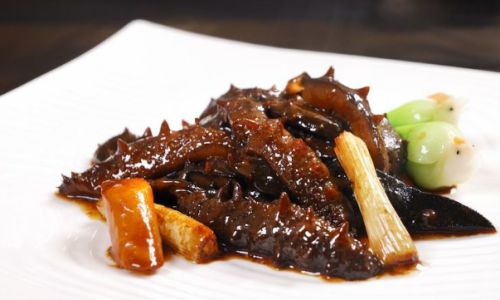
- ¼ cup light soy sauce
- 2 tablespoons dark soy sauce (for color)
- 2 tablespoons oyster sauce
- 1 tablespoon Shaoxing wine
- 1 teaspoon sugar
- 2 cups chicken or vegetable stock
- 1 cup water
Whisk until the sugar dissolves. Adjust the seasoning to taste, keeping in mind that the liquid will reduce during cooking.
The Cooking Process: Step-by-Step
-
Searing the Sea Cucumbers:
- Heat 2 tablespoons of oil in a wok or deep skillet over medium-high heat.
- Add the sea cucumbers and sear for 2–3 minutes per side until lightly browned. This step enhances texture and flavor.
-
Sautéing Aromatics:
- Reduce heat to medium. Add the sliced ginger and garlic, stirring until fragrant (30 seconds).
- Toss in the white parts of the scallions and cook until softened (1–2 minutes).
-
Braising:
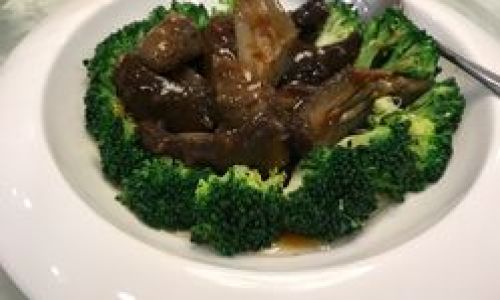
- Return the sea cucumbers to the pan. Pour the braising liquid over them, ensuring they are submerged.
- Bring to a simmer, then reduce heat to low. Cover and braise for 1.5–2 hours, or until the sea cucumbers are tender but not mushy. Stir occasionally to prevent sticking.
-
Thickening the Sauce:
- In a small bowl, mix 1 tablespoon of cornstarch with 2 tablespoons of cold water to form a slurry.
- Uncover the pan, increase heat to medium, and stir in the slurry. Cook for 3–5 minutes until the sauce thickens to a glossy consistency.
-
Finishing Touches:
- Drizzle with sesame oil and fold in the chopped scallion greens.
- Adjust seasoning with a pinch of white pepper if desired.
Tips for Perfecting the Dish
- Patience is Key: Do not rush the rehydration or braising processes. Overcooking can turn sea cucumbers mushy, while undercooking leaves them chewy.
- Balance Flavors: Taste the braising liquid before adding the sea cucumbers. Adjust soy sauce or sugar to suit your palate.
- Texture Matters: For added texture, some recipes call for deep-frying the sea cucumbers before braising. This step is optional but enhances the dish’s complexity.
- Garnish Creatively: Enhance presentation with a sprinkle of toasted sesame seeds or a single red chili slice for color.
Common Pitfalls and How to Avoid Them
- Overly Salty Dish: If the braising liquid is too salty, dilute it with water or stock. Remember that the sea cucumbers will absorb saltiness as they braise.
- Tough Texture: Ensure thorough rehydration and avoid boiling the sea cucumbers too vigorously during the initial cooking phase.
- Lack of Depth: Roast the ginger and garlic before adding them to the wok to intensify their flavor.
- Mushy Scallions: Add the scallion greens only at the end to preserve their vibrancy and crunch.
Serving Suggestions
Braised sea cucumber with scallions is a centerpiece dish best enjoyed with:
- Steamed Jasmine Rice: The fluffy grains soak up the flavorful sauce beautifully.
- Stir-Fried Vegetables: Balance the richness with crisp greens like bok choy or gai lan.
- Light Soups: A clear consommé or tofu soup complements the dish’s intensity.
For a festive spread, pair it with Peking duck, dumplings, and a selection of dim sum.
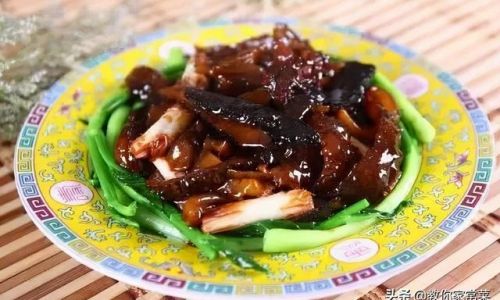
The Cultural Significance of the Dish
In Chinese cuisine, sea cucumber is affectionately nicknamed “hǎi sēn” (海参), meaning “sea ginseng,” due to its perceived health benefits. Traditionally believed to nourish the kidneys, improve circulation, and boost vitality, it has been a prized ingredient for centuries. The dish’s association with luxury makes it a staple at weddings, New Year celebrations, and other milestone events.
Health Benefits and Nutritional Profile
Beyond its culinary appeal, sea cucumber is a low-fat, high-protein food rich in collagen, antioxidants, and minerals like magnesium and zinc. Its gelatinous texture is attributed to chondroitin sulfate, a compound linked to joint health. However, moderation is advised due to its high cholesterol content.
Exploring Variations
While the classic recipe is timeless, feel free to experiment:
- Spicy Twist: Add dried chili flakes or Sichuan peppercorns during braising.
- Mushroom Infusion: Incorporate dried shiitake mushrooms, rehydrated and sliced, for earthy depth.
- Vegetarian Adaptation: Substitute chicken stock with mushroom-based broth and use vegetarian oyster sauce.
Conclusion: The Journey to Perfection
Mastering braised sea cucumber with scallions is a journey that rewards patience and precision. Each step—from rehydrating the sea cucumbers to balancing the braising liquid—contributes to the dish’s complexity. While the process may seem daunting, the result is a culinary triumph that elevates any meal. Whether you’re hosting a dinner party or simply indulging in a self-cooked feast, this dish promises to delight the senses and honor the rich traditions of Chinese gastronomy.
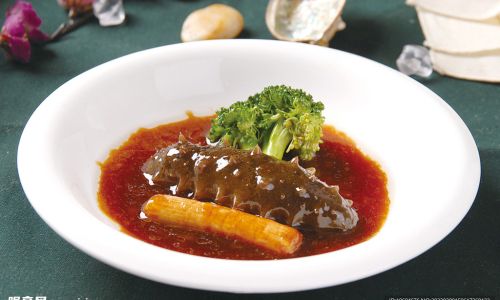
As you embark on your culinary adventure, remember that practice breeds perfection. Experiment with flavors, adjust techniques to suit your kitchen, and most importantly, savor every bite. The art of braising sea cucumber with scallions is not just about cooking—it’s about celebrating the harmony of ingredients, culture, and craft.
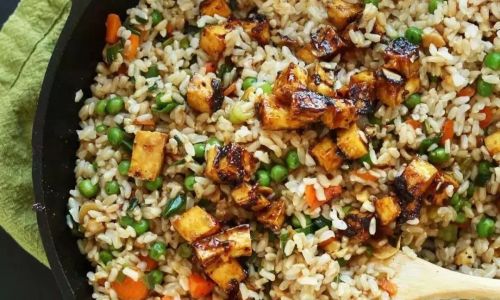

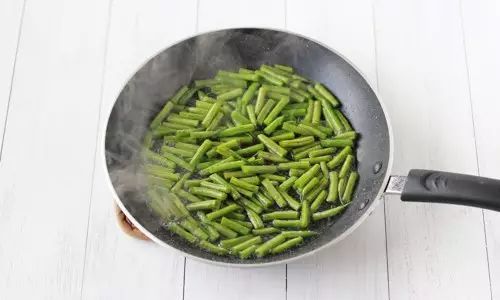
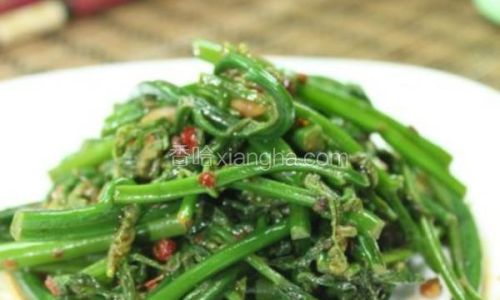
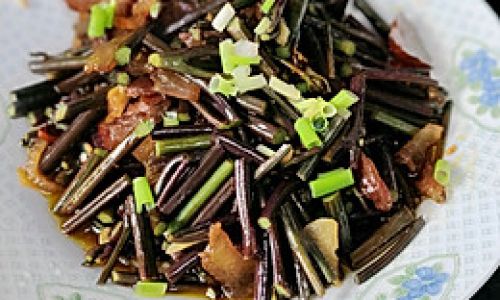
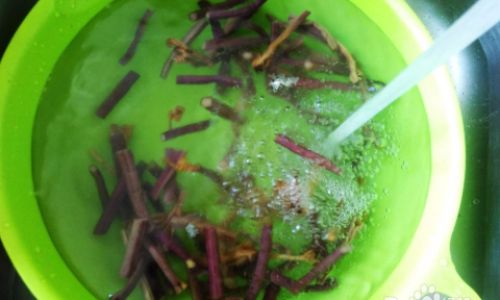
0 comments